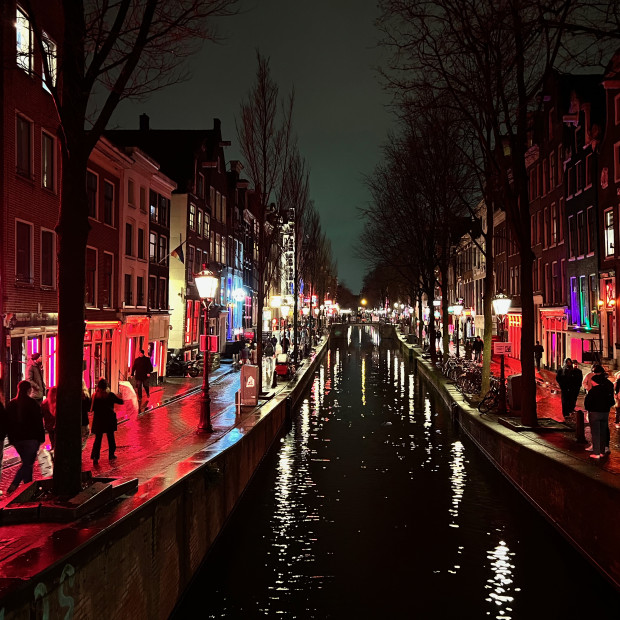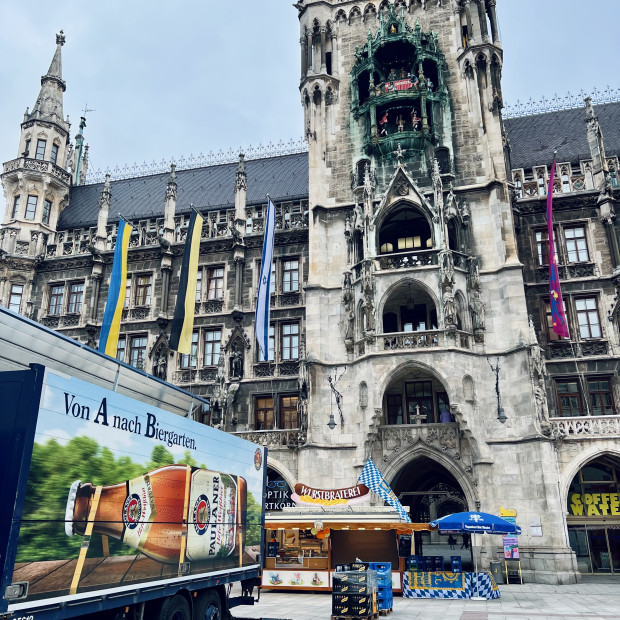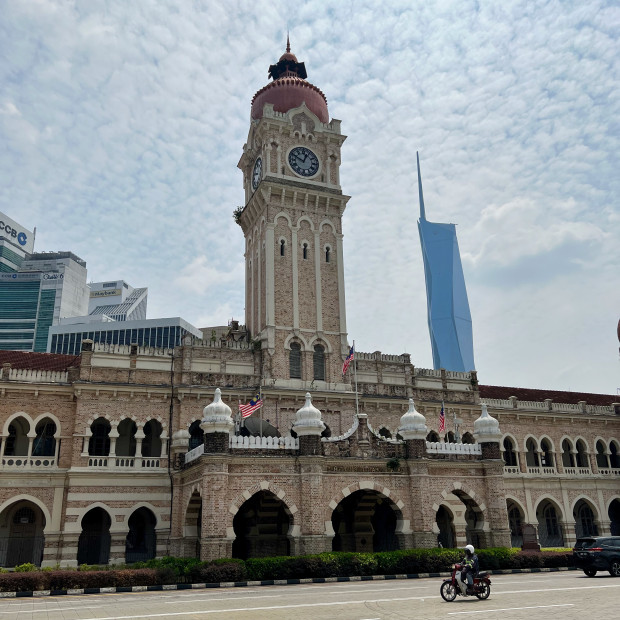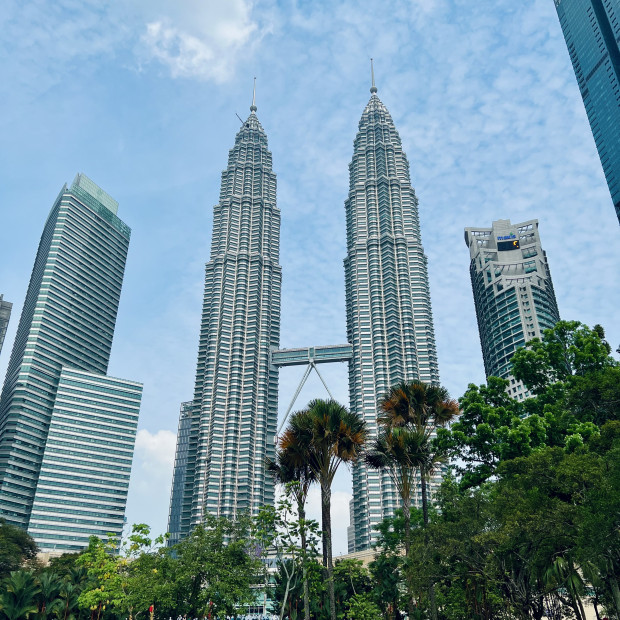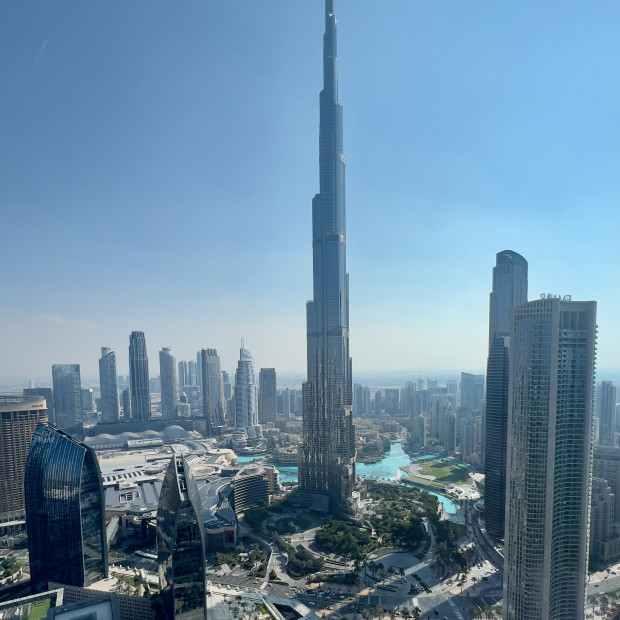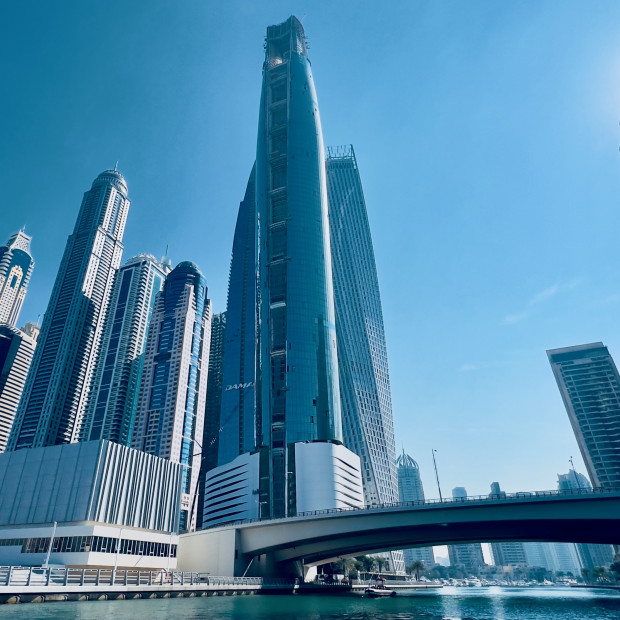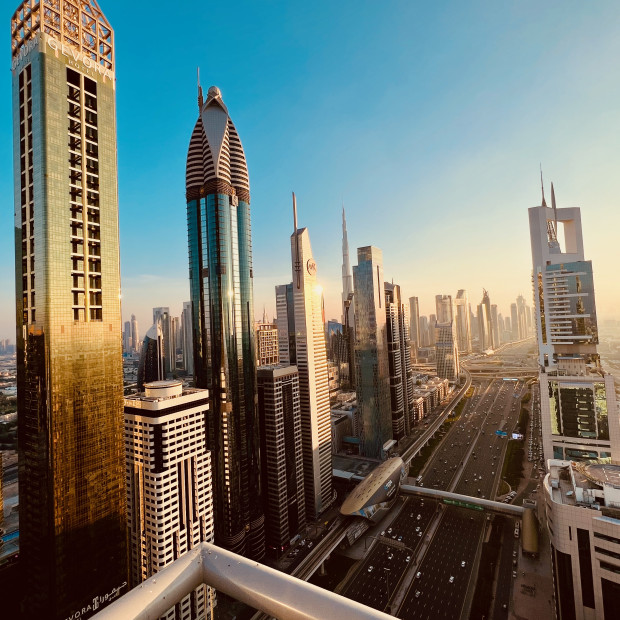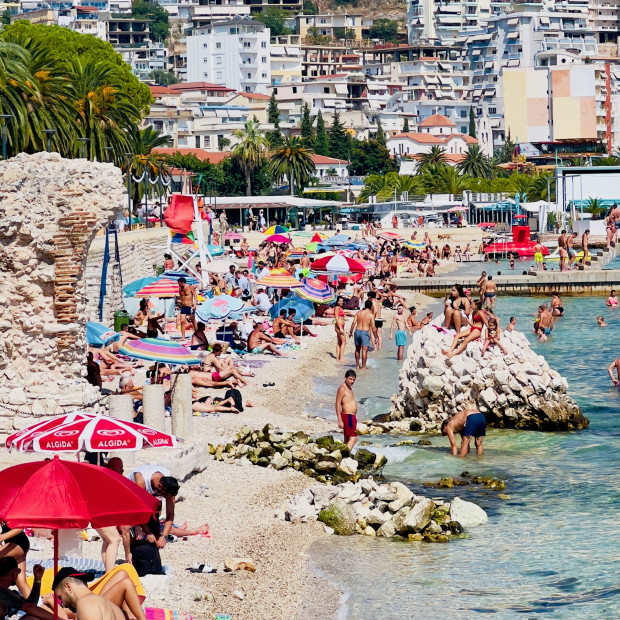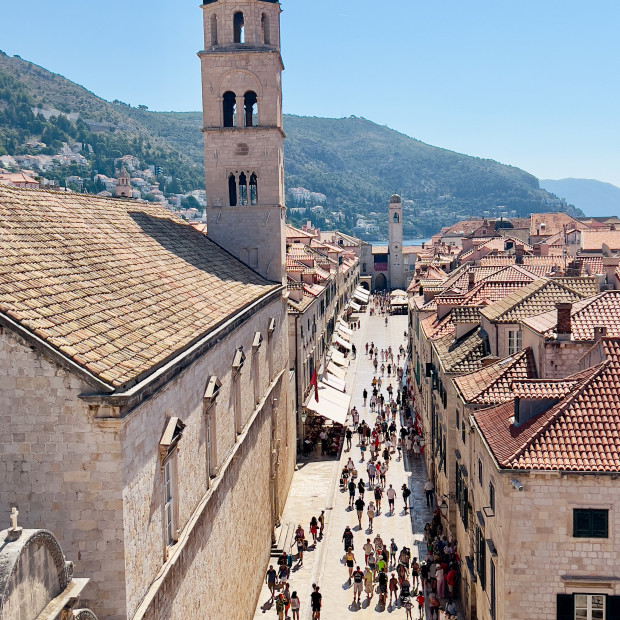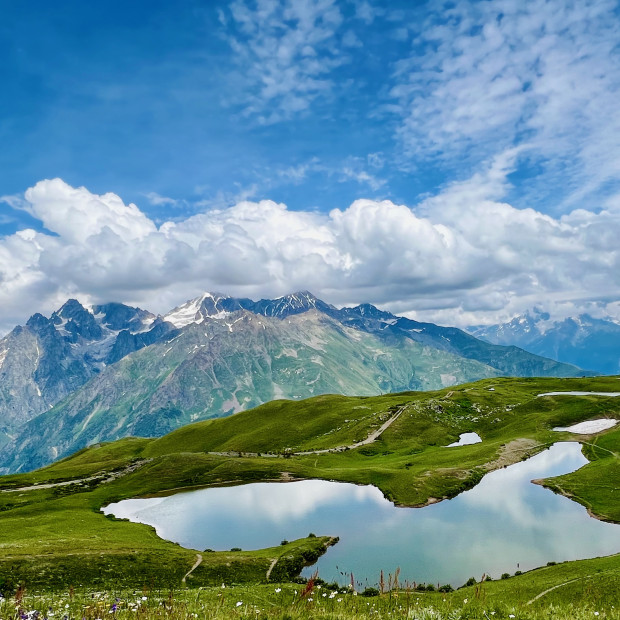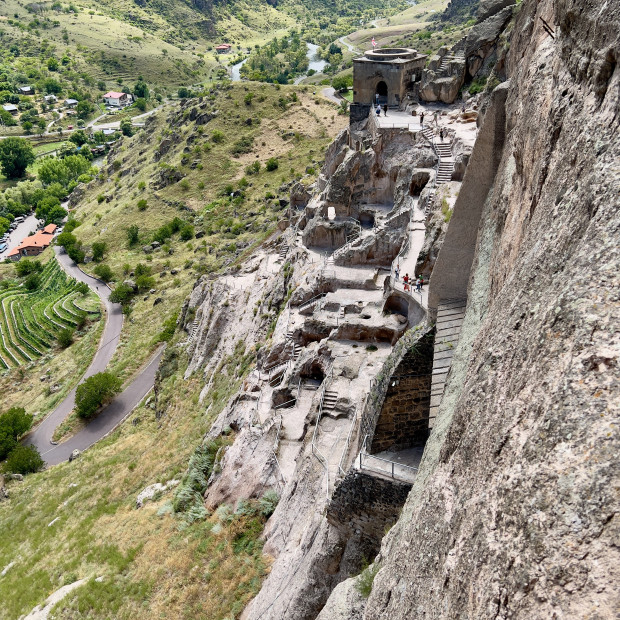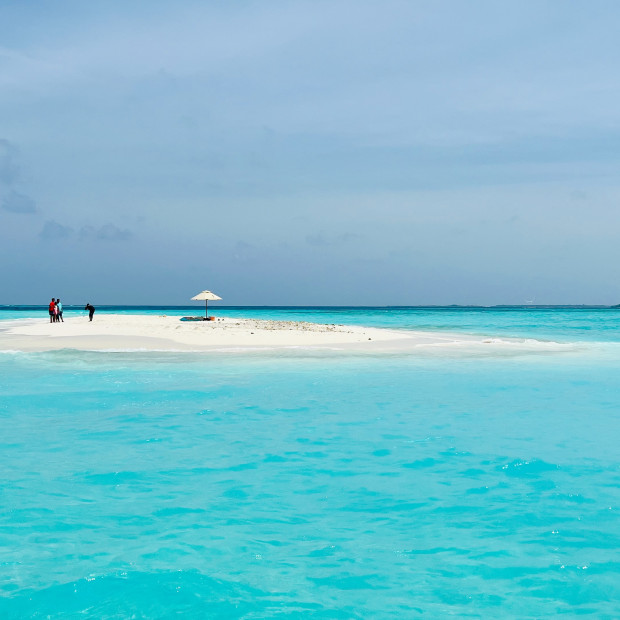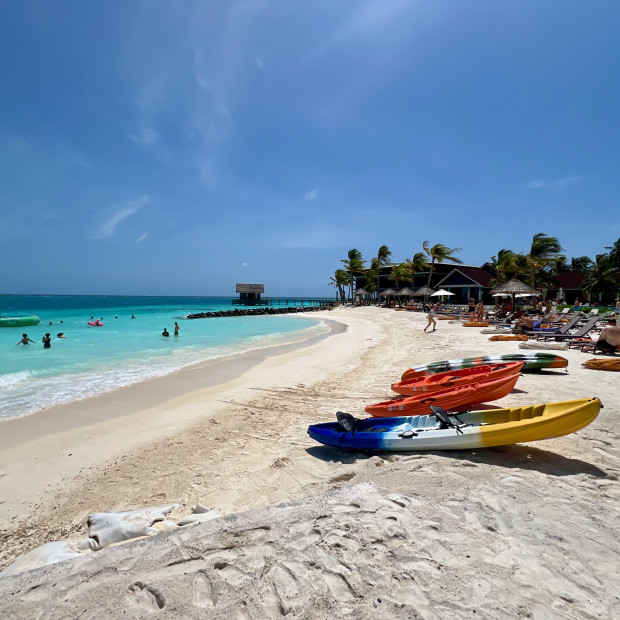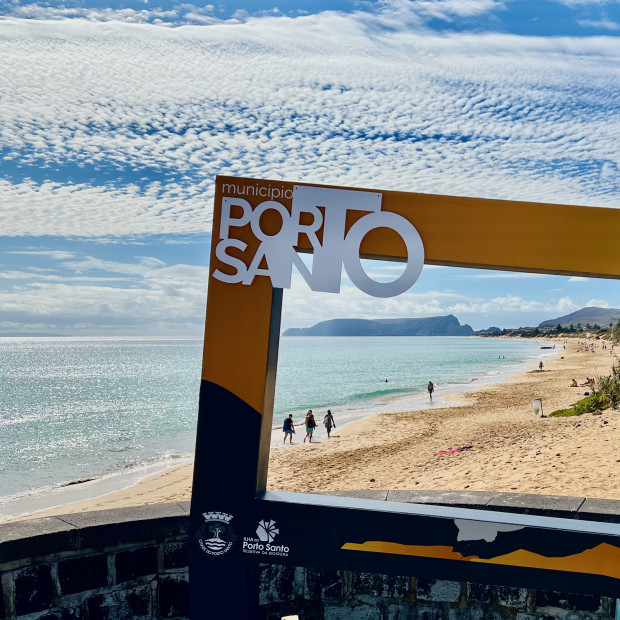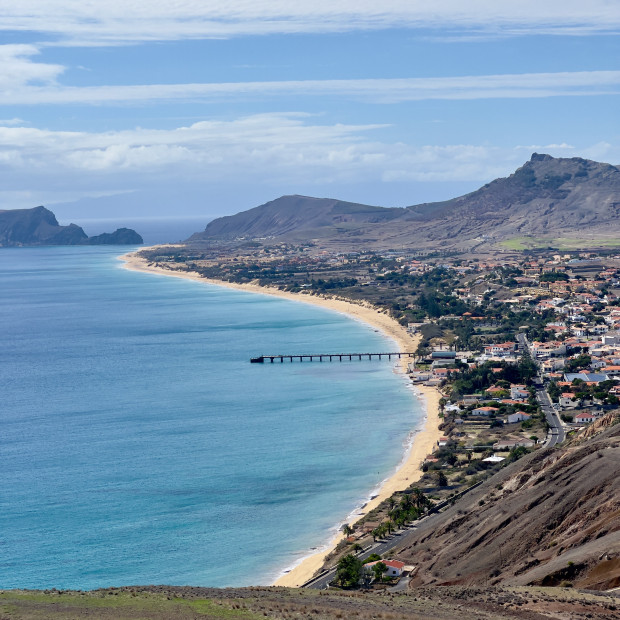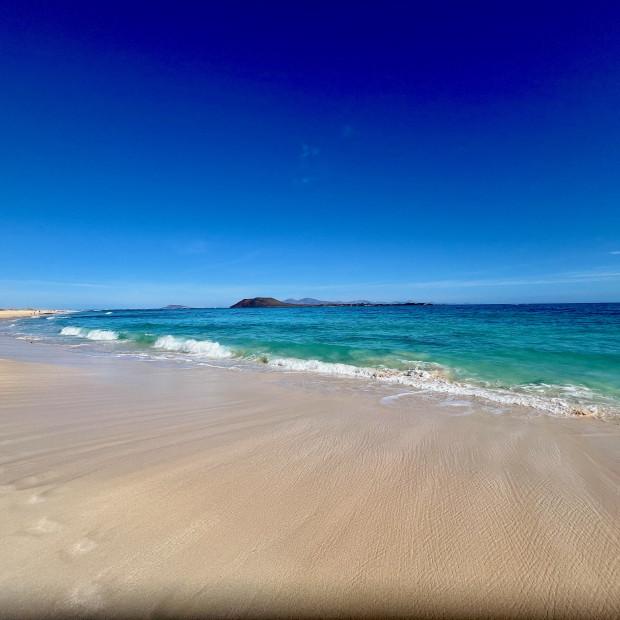About this place
Amsterdam: City of Canals
Amsterdam, known as the "Venice of the North," captivates visitors with its elaborate canal system that intersects the heart of the city. These historic waterways form a UNESCO World Heritage site and are central to Amsterdam's identity.
The city is located in the western Netherlands, in the province of North Holland at the mouth of the Amstel River. With approximately 900,000 residents in the city proper and over 2.5 million in the metropolitan area, Amsterdam serves as the Netherlands' capital, though the government is seated in The Hague.
Amsterdam's origins date back to the 13th century when it began as a small fishing village around a dam on the Amstel River (hence the name "Amstel-dam"). The city flourished during the Dutch Golden Age in the 17th century, becoming one of the world's most important ports and a leading center for finance and trade.
The canal ring, known as the Grachtengordel, was built in the 17th century as part of a comprehensive urban planning project. These canals extend over 100 kilometers throughout the city, with approximately 1,500 bridges connecting the 90 islands they create.
Narrow, tall townhouses with distinctive facades stand tightly packed along the canals. Many feature traditional gabled roofs and large windows. These buildings often have hooks at the top, originally used to hoist furniture and goods to upper floors, as the staircases inside are famously steep and narrow.
Beyond the canals, Amsterdam is home to world-class museums including the Rijksmuseum, Van Gogh Museum, and Anne Frank House. The city has a robust bicycle culture with more bikes than people – approximately 880,000 bicycles for its 900,000 residents.
Amsterdam has long been known for its progressive policies and tolerant atmosphere. It has a diverse population, with over 180 different nationalities represented among its residents. The official language is Dutch, though English is widely spoken throughout the city.
Today, Amsterdam balances its historical charm with modern urban development, serving as a global hub for business, arts, and tourism while maintaining its unique character defined by its iconic canals and architecture.

